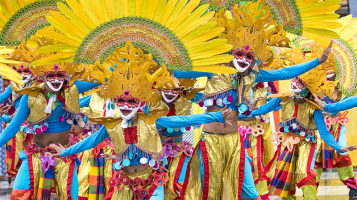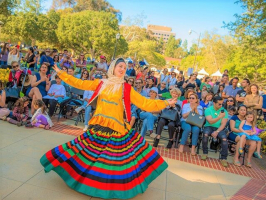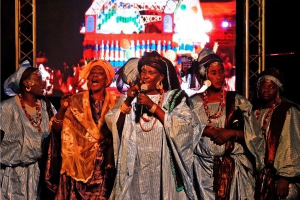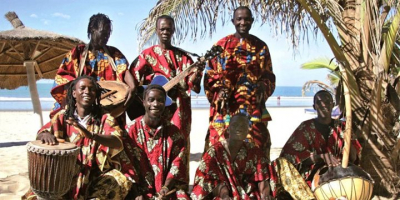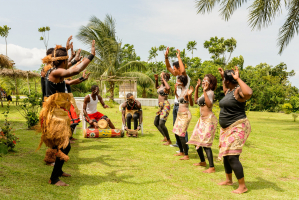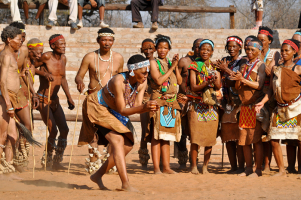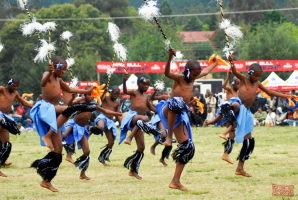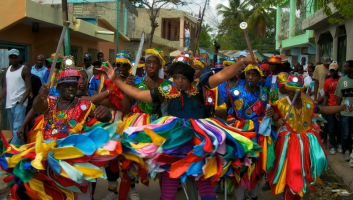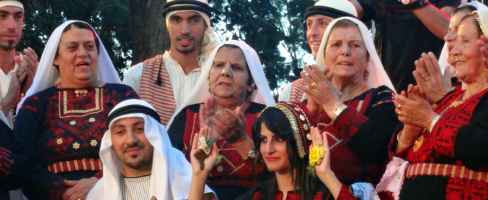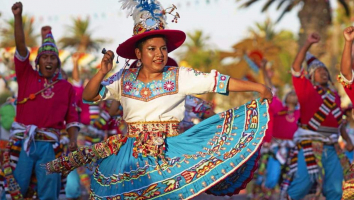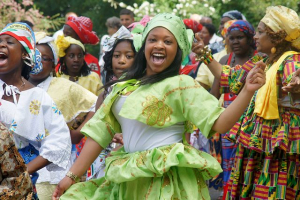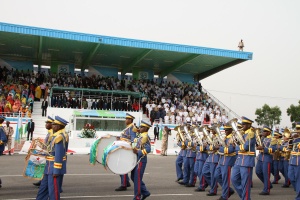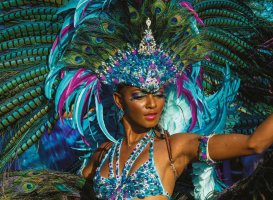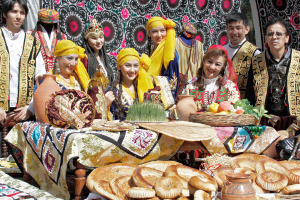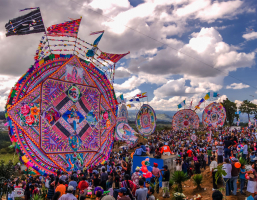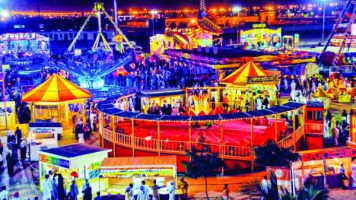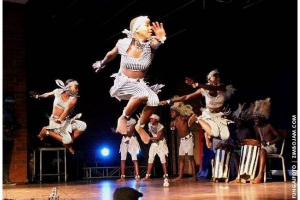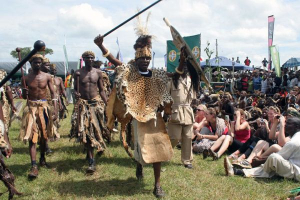Top 6 Most Famous Festivals in Togo
Togo is a culture made up of 37 ethnic tribal groups, and the range of festivals held throughout the country throughout the year represent this eclectic blend ... read more...of African traditions. Gbagba, for example, is one of Togo's most popular holidays, honoring traditional African agricultural values. The annual Voodoo celebration reflects the fact that Voodoo is also practiced in Togo. Let’s explore 6 most famous festivals in Togo below!
-
Gadao-Adossa (cutlass festival) — The word Gadao-Adossa is a common saying that refers to two important Tem festivities, Gadao and Adossa for the Didaoure population, which is predominantly Muslim. The Gadao is considered the most famous festival in Togo. It is observed to express gratitude to the ancestors for the abundance of crops. The Traore, Toure, Cisse, and Fofana clans, all residents of Didaouré, perform Adossa, a cutlass dance.
This three-day event, situated in the center city of Sokode, is normally celebrated in March. It is observed in the Islamic calendar's third month. The first day is dedicated to thanking ancestors for their harvests; the second day is known as the "Feast of Knives" and is a display of might dating back to the days of Semassi warriors; and the final day is known as 'Kosso,' and is when ladies come to commemorate the role of warriors.
When: in March
Where: Sokode
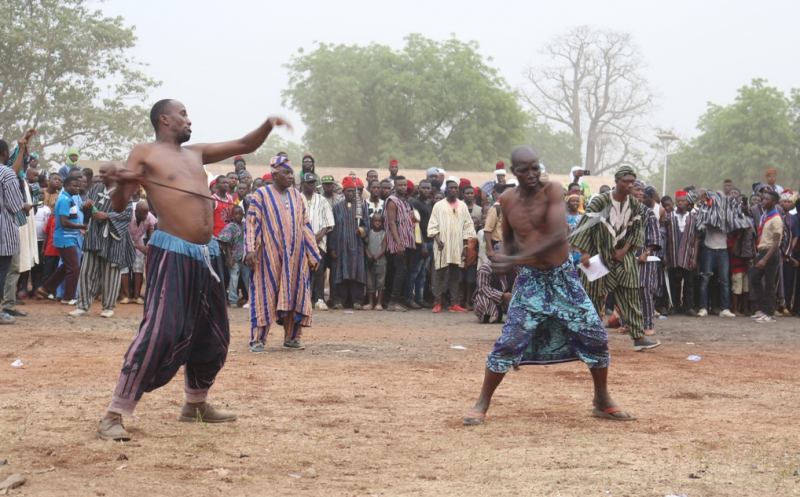
Photo: https://lynxtogo.info/ 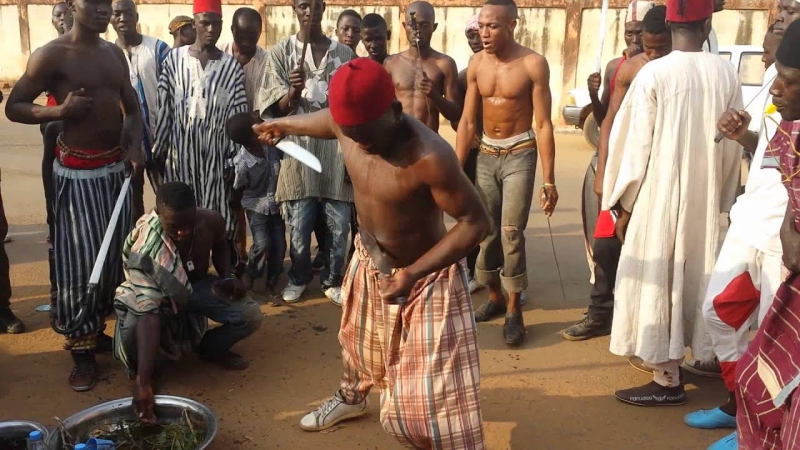
Photo: https://www.youtube.com/ -
In Kabye territory, Evala is a wrestling initiation and festival. This rite of passage into maturity is held in July for the young people. The festival is a week-long. The final ceremony takes place every year between the 11th and 14th of July, on the 2nd Saturday of that month. Traditional clothing is worn by the locals, and there are various dancing ceremonies.
When: in January
Where: Kabye land
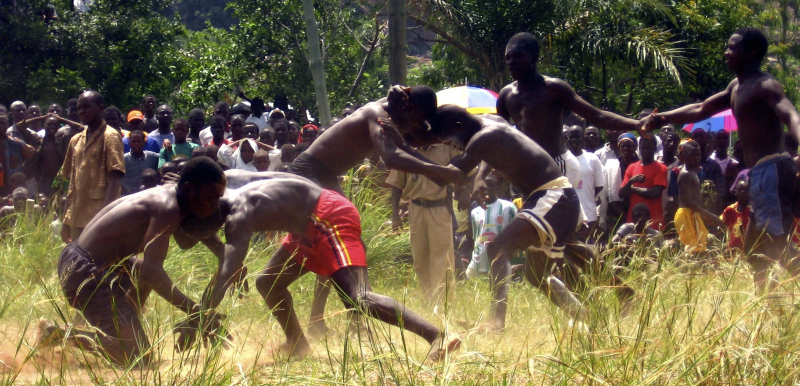
Photo: https://edwardstevenperry.com/ 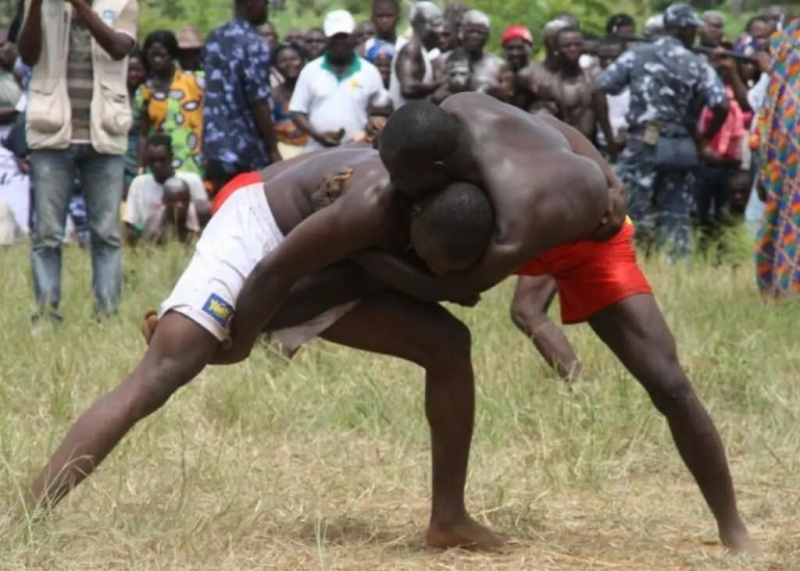
Photo: https://myafricanmagazine.com/ -
This multi-day celebration, held in August in the Kpalime region, serves three purposes: first, to worship animism deities; second, to mark the conclusion of the farming cycle with the harvest; and third, to commemorate the start of the rest period. Many songs and dances are performed, all of which are accompanied by traditional African drumming. Gbagba now is more and more popular in the world.
When: in August
Where: Kpalime region
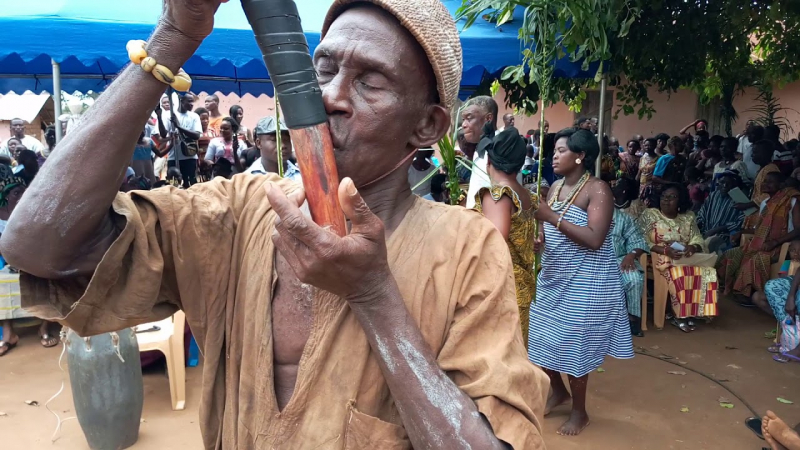
Photo: https://blastours.com/ 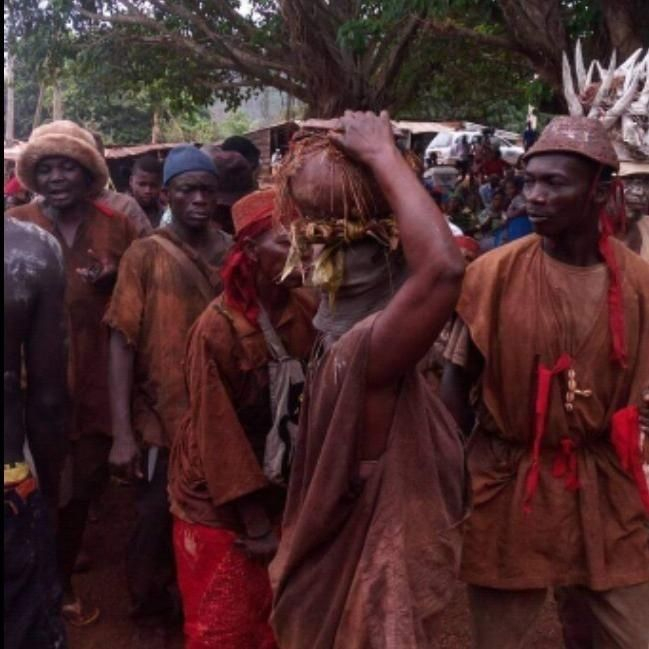
Photo: https://guestneederstg.wordpress.com/ -
Every September in the community of Glidji, Togo, this festival honors indigenous beliefs and the beginning of the new year. The festival's centerpiece is a sacred stone whose color foretells the future year's fortunes. Blue denotes rich harvests, red denotes a year of conflict, black denotes starvation and floods, and white denotes a year of good fortune. The festival, which takes place 30 kilometers from Lome, is a time of year when many families come together.
Voodoo arose on the coast of Benin and expanded throughout the Americas through the slave trade. Voodoo cults have been passed down the generations and are still practiced with zeal. Voodoo is a sophisticated religion as well as a sort of black magic. Today, there are an estimated 70 million Voodoo practitioners worldwide, mostly in Africa and the Americas.
When: in September
Where: village of Glidji
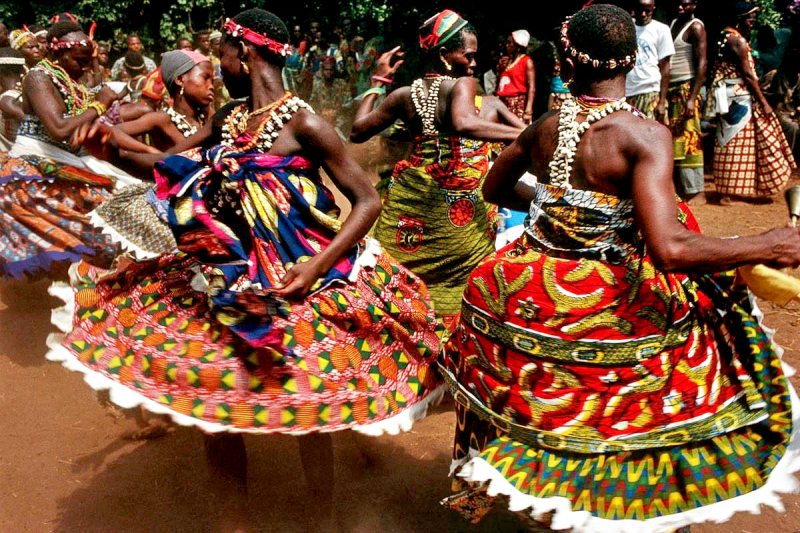
Photo: https://photoquestadventures.com/ 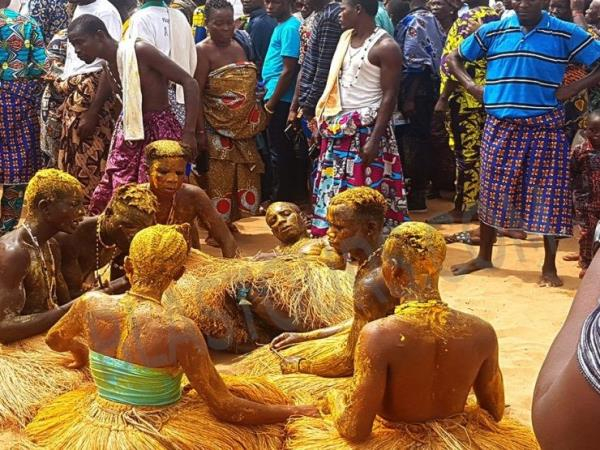
Photo: https://www.responsibletravel.com/ -
Every year in the village of Glidji, the Guen ethnic group (also known as Mina) meets for the Epe Ekpe festival, which includes family reunions, New Year celebrations, and religious worship. The festival revolves around a stone that was discovered by a priest in the sacred woodland. The color of the stone will reveal the outcome of the coming year. The bluestone denotes a rainy year with plentiful harvests. If the stone is red, the year will be filled with wars; if it is black, the year will be filled with starvation, deadly diseases, and rains; and if it is white, the year will be filled with luck and abundance.
Epe-Ekpe (historic festival of Guins). It is one of West Africa's most prominent festivities. In the 17th century, the Guins migrated from Ghana. The 'take of the sacred stone,' known as Kpessosso, occurs on this day. There are no set dates, however, Glidji Kpodji is usually celebrated in September, but it can also be celebrated in August.
When: September/August
Where: village of Glidji
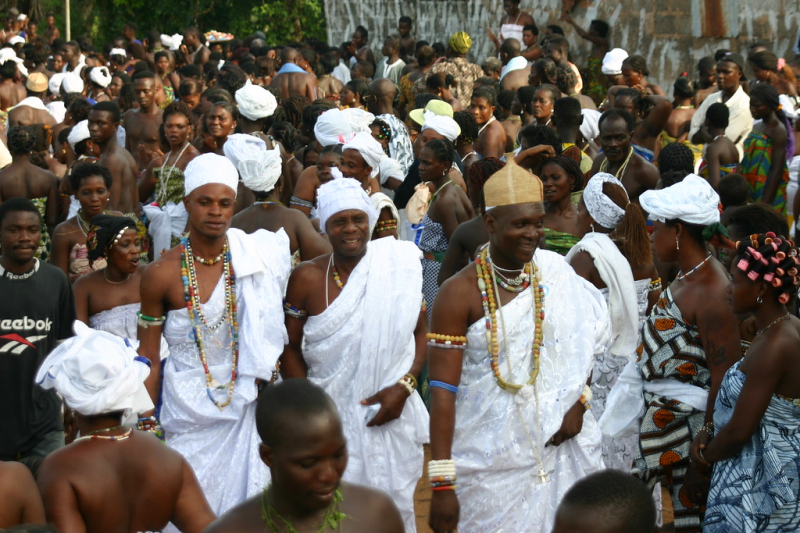
Photo: https://www.flickr.com/ 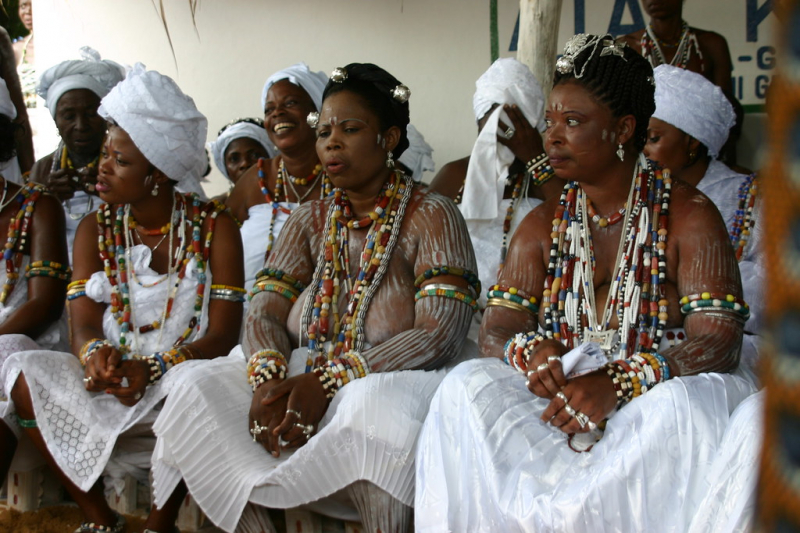
Photo: https://www.flickr.com/ -
The last of the list of top most famous festivals in Togo is Fire dance. A big fire in the village's center illuminates the participants' faces as they dance to the mesmerizing beat of the drums, eventually plunging into the blazing embers. They take up hot coals and pass them over their body, even putting them in their mouths, with no injuries or signs of pain.
Some participants in the fire dance rite in Sokode, Togo, also try to put a hot ember in their mouths. Is it magic, skill, or simply a natural resistance to the heat? Regardless of the answer, visitors to the fire dance ritual will be completely awestruck, with just "oh my God, that's wonderful!" as their only words.
When: in February
Where: Sokode
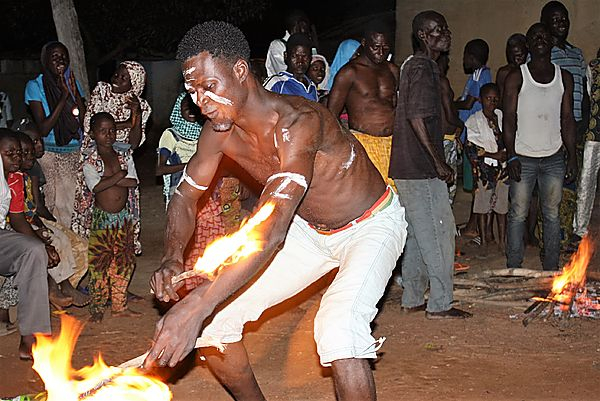
Photo: https://www.africaguide.com/ 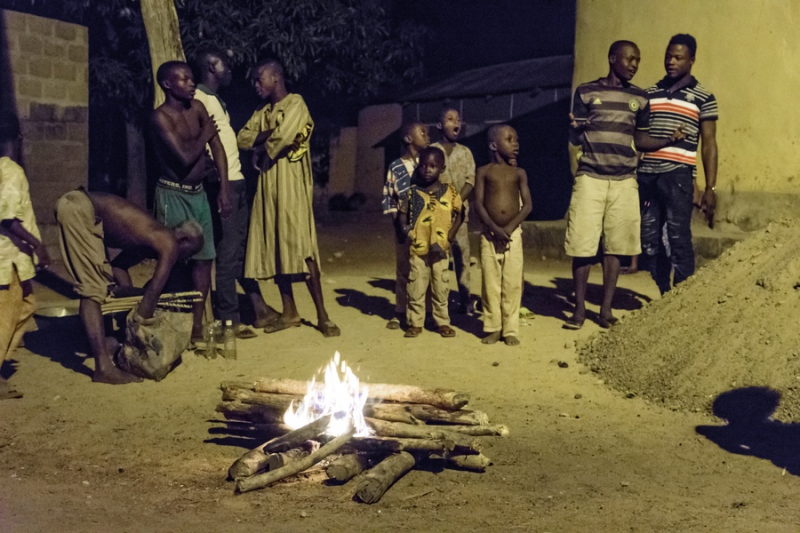
Photo: https://www.besttravelreview.com/








